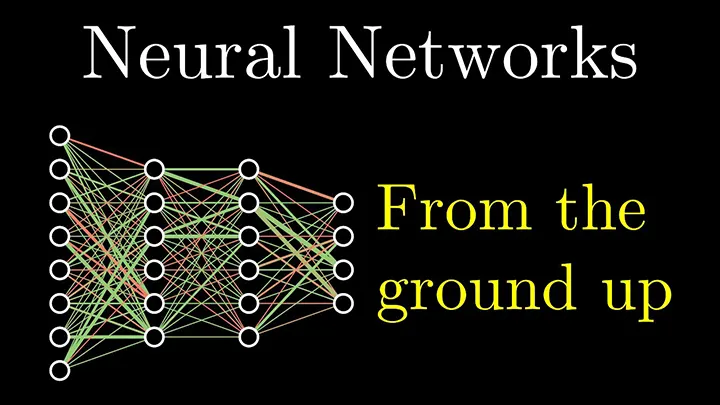Text neural networks, also known as natural language processing (NLP) models, have revolutionized the way computers understand and generate human language. These networks are a type of artificial intelligence (AI) that processes and understands human language to perform tasks such as language translation, sentiment analysis, and text generation. One such text generation site is aithor.com.
Table of Contents
Understanding the Basics of Neural Networks
Neural networks are computational models inspired by the structure and function of the human brain. They are composed of interconnected nodes, or “neurons,” organized into layers. In the context of text processing, these networks analyze and process language data to derive meaning and perform specific tasks.
Input Processing
When a text is fed into a text neural network, it undergoes a series of processing stages. The input text is converted into numerical vectors through a process called “tokenization.” Each word or subword in the text is assigned a unique numerical representation, enabling the network to process and analyze the text.
Word Embeddings
One of the key components of text neural networks is word embeddings. Word embeddings are numerical representations of words that capture semantic and syntactic information. These embeddings are learned by the network during training and allow it to understand the contextual relationships between words in a given text.
Neural Network Layers
Text neural networks typically consist of multiple layers, each serving a specific purpose. These layers include an input layer, hidden layers, and an output layer. The hidden layers perform complex computations to extract features and patterns from the input text, while the output layer produces the final results, such as sentiment analysis scores or language translations.
Training and Learning
Text neural networks learn from labeled data through a process called “training.” During training, the network adjusts its internal parameters to minimize the difference between its predicted outputs and the true labels. This process, known as backpropagation, allows the network to improve its performance over time by adjusting the strengths of the connections between neurons.
Application in NLP Tasks
Text neural networks are used in various NLP tasks, including language translation, sentiment analysis, text summarization, and chatbot development. For language translation, the network learns to map input sentences in one language to output sentences in another language. In sentiment analysis, the network classifies the sentiment of a given text as positive, negative, or neutral based on the emotional tone of the text.
Conclusion
In simple terms, text neural networks work by processing input text, learning the contextual relationships between words, and using this knowledge to perform specific language-related tasks. These networks have significantly advanced the field of natural language processing, enabling computers to understand and generate human language with remarkable accuracy and efficiency.

